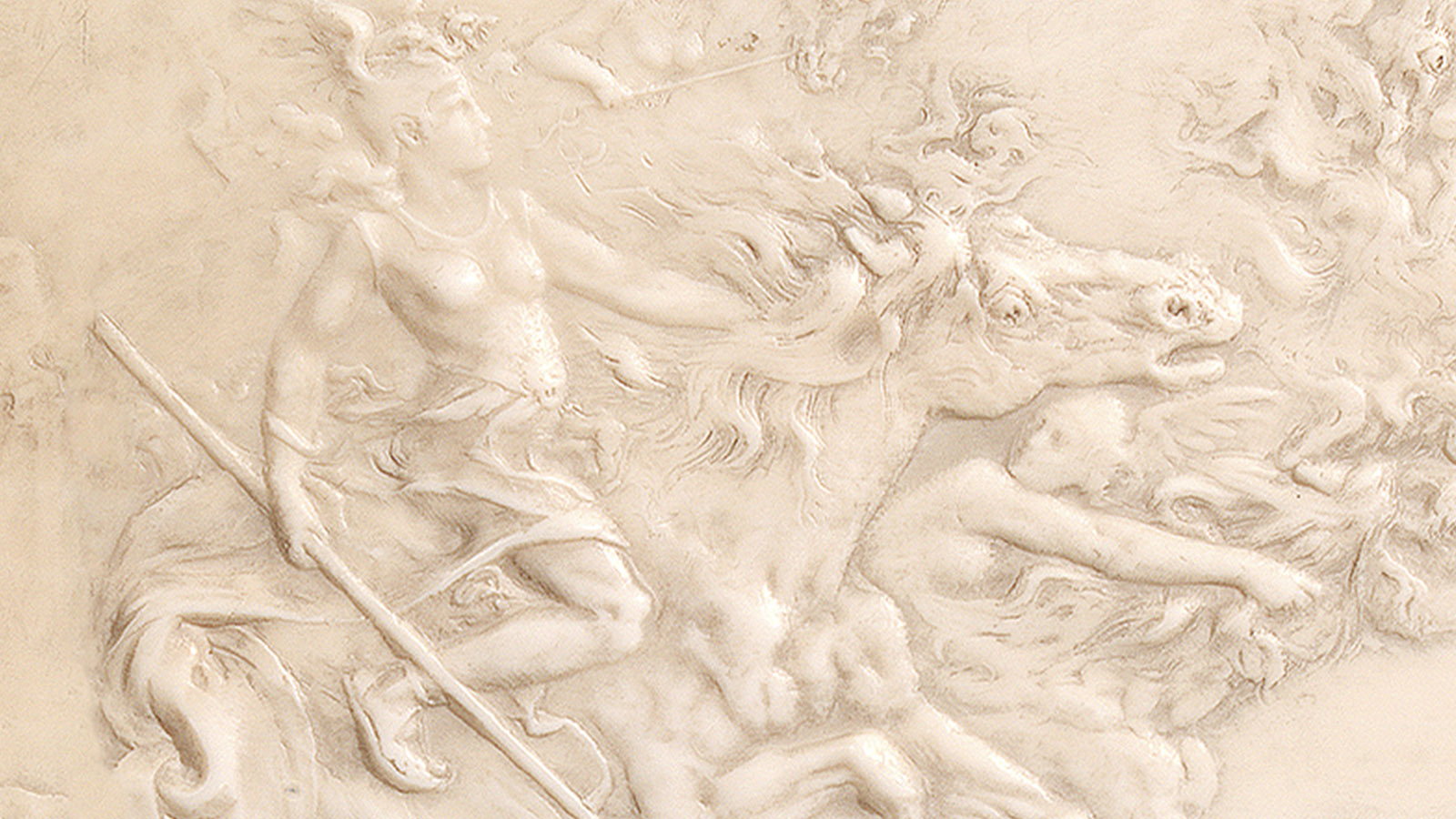René Lalique and ‘The Ride of the Valkyries’
The opera The Valkyrie, by German composer Richard Wagner (1813–1883), premiered in 1870 at the National Theatre Munich and was well received by the public and critics. It is the second and most famous part of the tetralogy The Ring of the Nibelung, whose narrative was based on Nordic mythology and has inspired various authors, from the time it was created until today.
The Ride of the Valkyries, which corresponds to the beginning of the third act of the opera, is perhaps one of its most well-known pieces, having been used in various film adaptations, such as Apocalypse Now. Due to the parallels between the two narratives, some specialists believe that J. R. R. Tolkien was influenced by the composer’s tetralogy when he wrote the trilogy The Lord of the Rings, although the author denied these claims.
In 1901, Calouste Gulbenkian purchased a cover in green Morocco leather, designed to hold musical scores, from his friend, artist René Lalique (1860–1945). Probably inspired by Wagner’s opera, the decorative ivory plaque depicts a cavalcade of valkyries, female deities mentioned in various sources originating from 13th-century Scandinavia. According to these legends, valkyries chose who lived and died in battle and took the dead to the ‘hall of the slain’, Valhalla.

This was the first work in which the master jeweller used ivory. Lalique became known for experimenting with exotic materials that were unusual for the time, creating jewellery and objects with a high level of detail. Presented in 1894 in the Sculpture Section of the Salon of the Society of French Artists, the cover demonstrates the artist’s versatility, featuring motifs in the Art Nouveau style, which characterised his production. Gulbenkian used this cover to keep his Lalique drawings.
Collection of Stories
Where have the artworks been, before being acquired by Calouste Gulbenkian? Who were their authors and their protagonists? What curiosities do they hide? In this series, discover the various stories behind the Museum's collection.

